

Anthony Crawford
1990 Lamborghini Countach review
5 Days Ago
Dodge has released six of the nine "possible powertrain outputs" for its electric muscle car concept, with even the least powerful pumping out 340kW.

News Editor
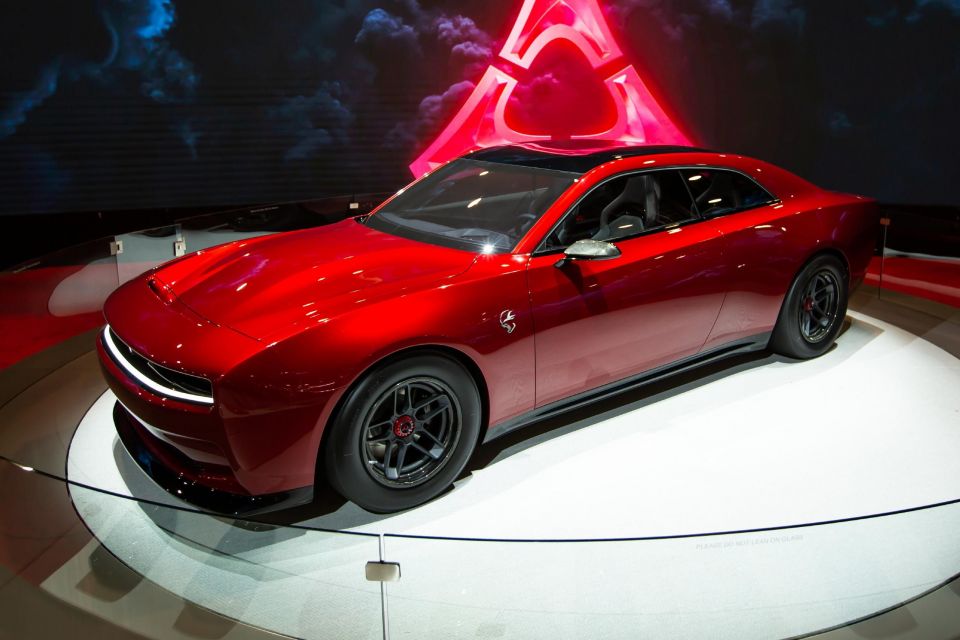

News Editor
When Dodge revealed its electric Charger SRT Daytona concept earlier this year, it released little in the way of technical specifications.
It has now released power figures for the electric muscle car concept as it displays it at this week’s Specialty Equipment Market Association (SEMA) Show in Las Vegas
There are nine “possible powertrain outputs” for the concept, which previews an upcoming production vehicle due in 2024. Indeed, the way Dodge talks about the powertrain line-up suggests the production vehicle’s should look quite similar.
There’s a 340kW base guise with a 400V electrical system, available with eStage 1 and eStage 2 upgrades that boost power to 370kW and 400kW, respectively.
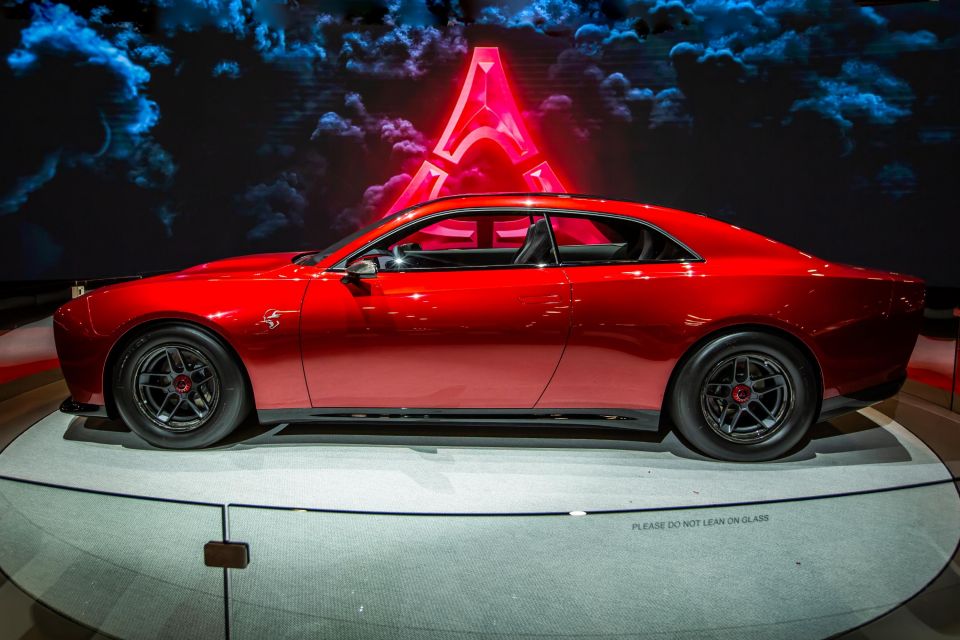
A 440kW variant also runs a 400V electrical system, and can be had with eStage 1 and eStage 2 upgrades that boost power to 470kW and 500kW, respectively.
Dodge says models with the performance upgrades feature a “crystal” key that plugs into the dash.
It hasn’t disclosed outputs for the wildest Charger SRT Daytona. The company has teased an 800V SRT Banshee powertrain package that will be offered with its own stage upgrades.
Parent company Stellantis has previously indicated vehicles on the Charger SRT Daytona’s STLA Large platform will support single- and dual-motor electric powertrains with outputs of up to 660kW.
That’s more than even the 603kW-626kW outputs of the outgoing Challenger SRT Demon.
STLA Large vehicles will also be able to support battery capacities from 101-118 kWh, facilitating a maximum range of up to 800km.
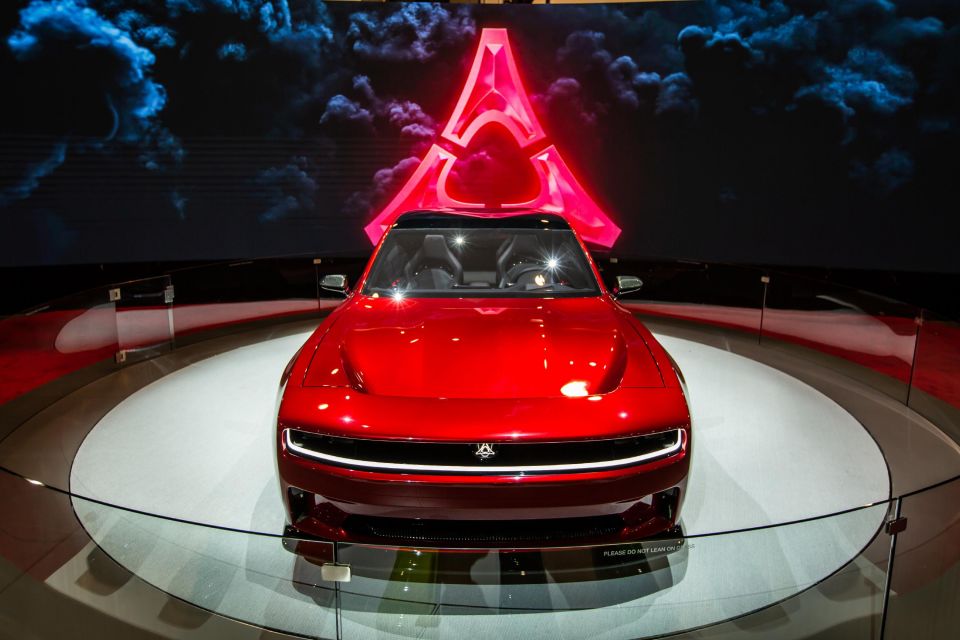
The Charger on display at SEMA wears a new tri-coat Stryker Red exterior finish and features a dual-motor all-wheel drive powertrain with the Stage 2 Banshee performance upgrade.
It wears unique Stage 2 badging and 18-inch Direct Connection lightweight carbon-fibre wheels with 305mm drag radials.
The original concept was finished in Grays of Thunder with 21-inch alloy wheels.
Dodge has also teased a slate of nine unique paint colours and nine different wheel combinations at SEMA.
The brand will survey SEMA attendees for their views on its Fratzonic Chambered Exhaust, which Dodge calls the world’s first BEV exhaust system.
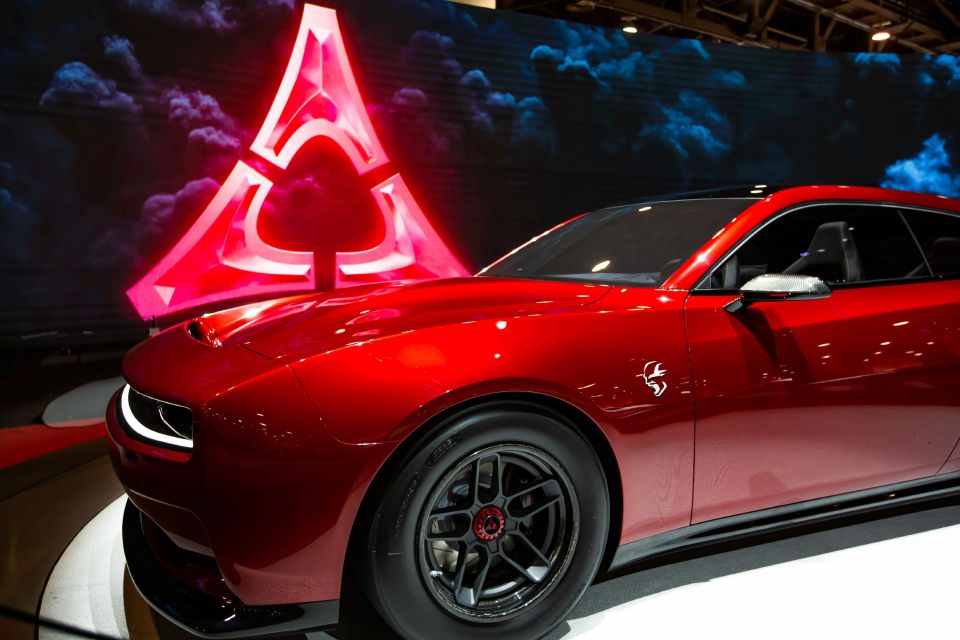
That follows remarks from Dodge CEO Tim Kuniskis to Motor Trend about the mixed reaction to the distinctive feature, which can reach 126 dB – as loud as a Hellcat-powered Dodge.
“We were super confident with the idle because the idle was to us non-negotiable. It literally has the cadence of the Hemi [V8] firing order so we knew that it was right,” said Mr Kuniskis.
“We also knew that we did not want this to sound like a fake V8, we wanted it to sound modern, fresh, and new; and have this sort of screaming sound which is very identifiable with electric motors.”
But Mr Kuniskis said there were challenges presenting the sound to audience members outdoors and those dialled in to the livestream reveal, and that the vehicle needs to be heard going in the opposite direction.
He says the engineers have changed the sound of the car “1000 times”.
“Did we crack the code on wide-open motors? Not yet. But we’ve got two years,” he said.
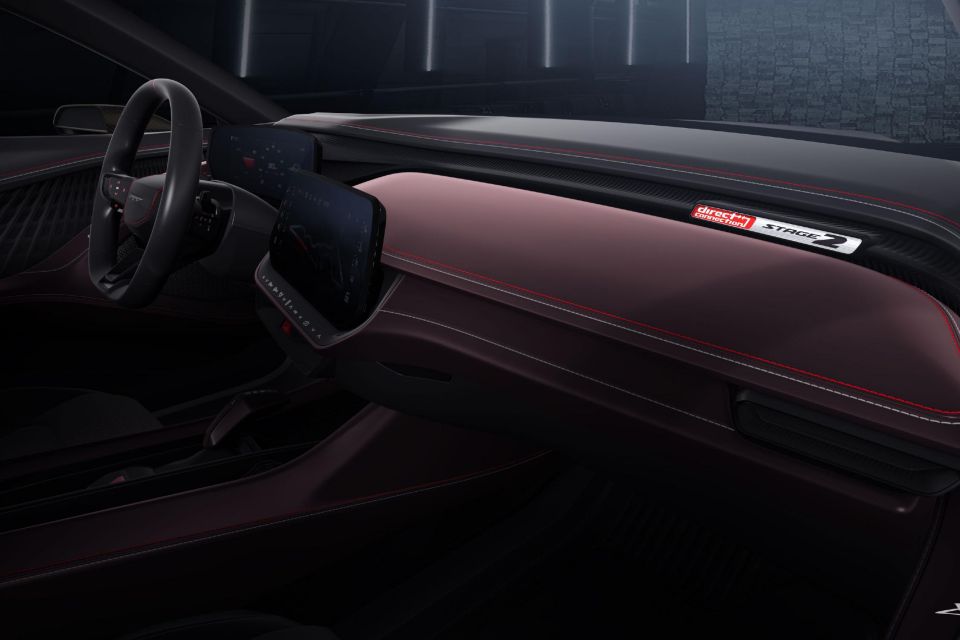
The unusual feature sees air flow through a piped exhaust system, which generates a sound that goes through an amplifier and tuning chamber.
It’s not the only distinctive feature of the concept.
There’s also the R-Wing, a unique aerodynamic pass-through that resembles a rear spoiler on the concept’s front end and enhances downforce, and the eRupt, a multi-speed transmission with an electro-mechanical shifting experience.
The latter features artificial shift points, while there’s also a PowerShot push-to-pass feature activated via a button on the steering wheel that delivers a jolt of extra power.
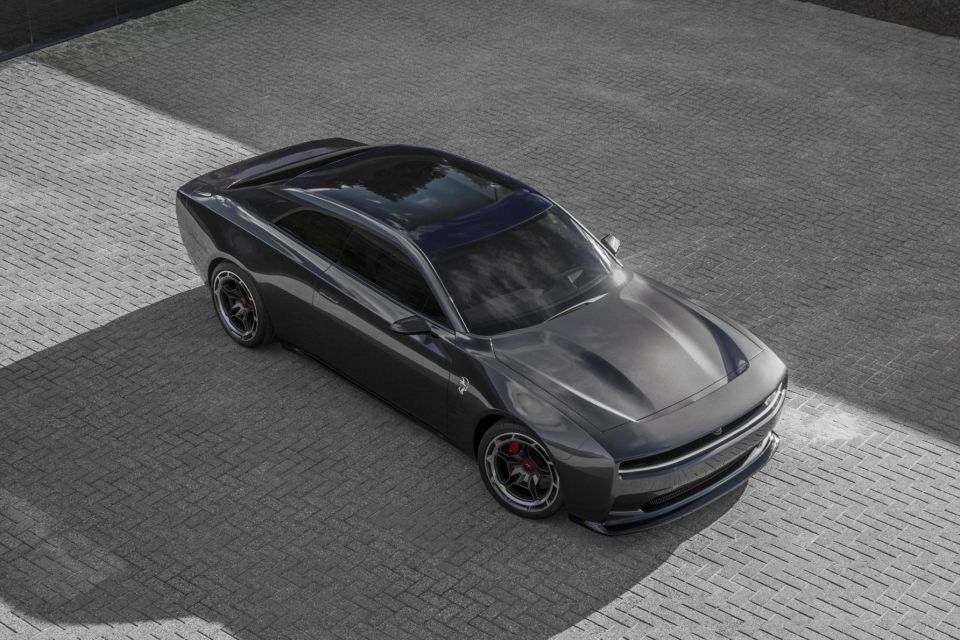
Drive modes consist of Auto, Sport, Track and Drag, and are adjusted via the steering wheel.
The production vehicle will serve as a replacement to either the Challenger or Charger, with both vehicles’ long runs being commemorated with a series of ‘Last Call’ concepts.
The last of these was set to be revealed at SEMA but has subsequently been delayed.
The Charger Daytona SRT Concept’s styling features numerous heritage design cues, including Dodge’s old Fratzog logo, used from 1962 to 1976, which is featured at both the front and rear and illuminated.

It’ll be used on Dodge’s electric vehicles, with the two slashes – or Rhombi – being used on combustion-powered models like the new Hornet.
The hips have almost coke-bottle contours like iconic Dodge models of the late 1960s and early 1970s, while the full-width assembly incorporating the headlights is strongly reminiscent of the 1968-70 Charger and is designed to make the Charger instantly recognisable at night.
Charger purists who scoffed when Dodge resurrected the nameplate for a sedan back in 2006 will be pleased to see the name return to a coupe, though Dodge says it actually has a hatchback.
With rear seats that fold flat, Dodge says the concept is “a beast at the track that can still meet every day needs” and offers “unexpected utility and storage capacity from a muscle car”.
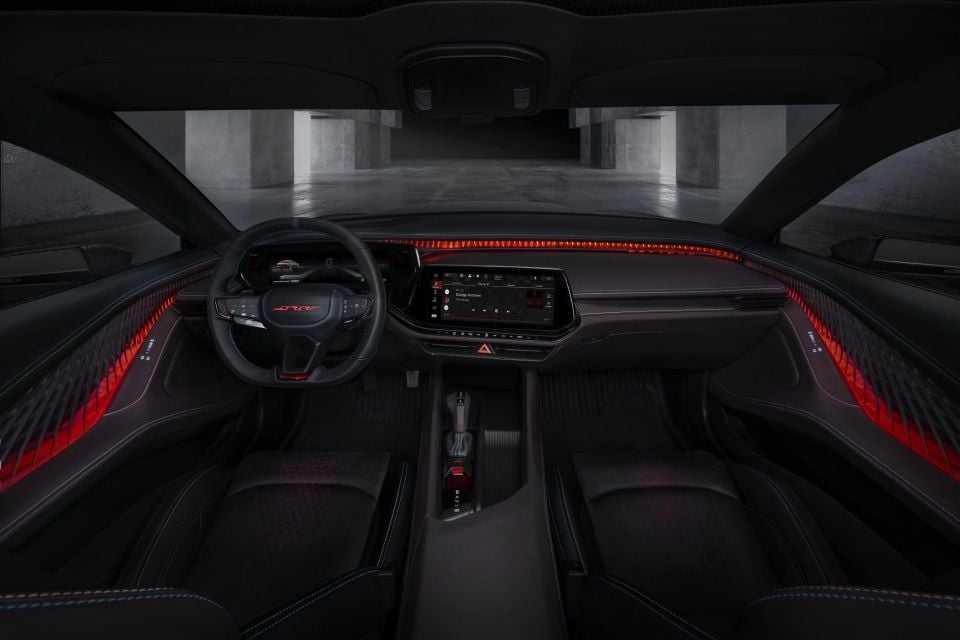
Inside, there’s a driver-focused cockpit with a 12.3-inch touchscreen infotainment system angled towards the driver, while ahead of the steering wheel sits a curved 16-inch digital instrument cluster and a head-up display.
There’s dramatic ambient lighting wrapping around the dash and spilling onto the doors, and Dodge says the parametric texture found in the cabin pays homage to the 1968 Charger.
There’s a squared-off steering wheel, with the centre spoke not connected to the rim to give it a floating feel.
Touch-capacitive switches can be found on the steering wheel as well as the doors.
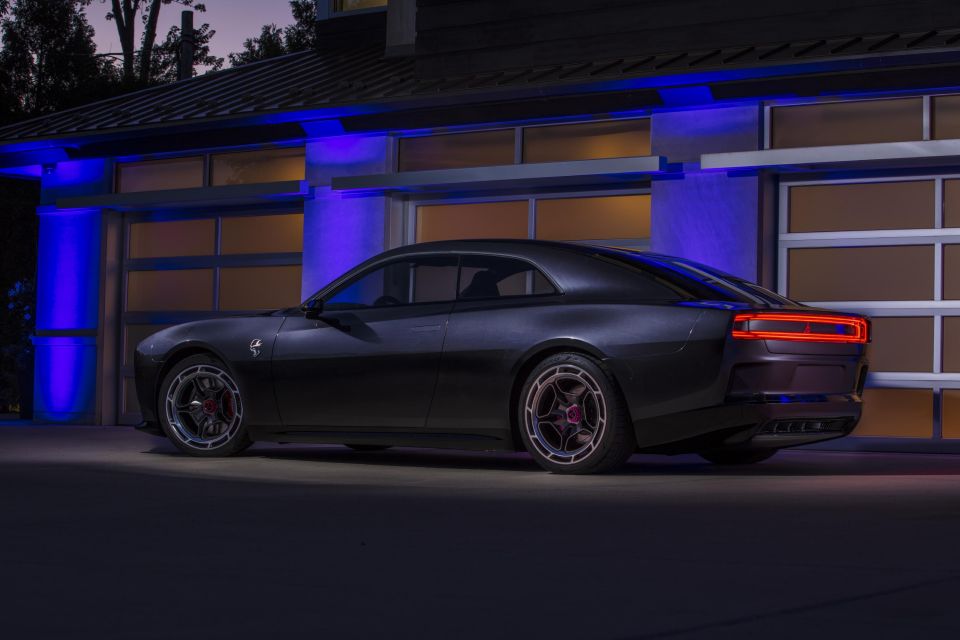
There’s a classic pistol-grip transmission shifter, while the start button is hidden under a jet-fighter inspired cap.
The racy sports seats are lightweight and slim and feature a perforated Fratzog pattern, while a panoramic glass roof lets plenty of light into the cabin.
Down back, there’s a carbon-fibre “tub” floor and hatch, while the Charger SRT Daytona concept promises more storage space than any Dodge muscle car prior.
William Stopford is an automotive journalist based in Brisbane, Australia. William is a Business/Journalism graduate from the Queensland University of Technology who loves to travel, briefly lived in the US, and has a particular interest in the American car industry.


Anthony Crawford
5 Days Ago


Matt Campbell
4 Days Ago


James Wong
3 Days Ago


Max Davies
2 Days Ago


Josh Nevett
16 Hours Ago
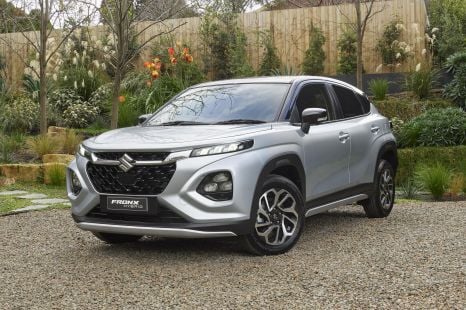

William Stopford
13 Hours Ago